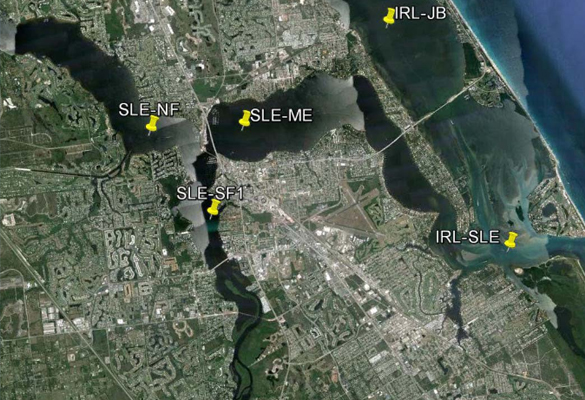Aptly described as “guacamole soup,” the 2016 algal bloom in Florida’s St. Lucie Estuary prompted a state of emergency in response to mounting health, environmental, and economic concerns. Scientists from Florida Atlantic University were able to determine probable causes of the algal bloom by utilizing broadcasts of salinity, dissolved organic matter, and nutrient data to trace the movement of water. The real-time data originated from a network of in-situ integrated systems that include the SUNA V2, Cycle-PO4, CDOM fluorometers, and Sea-Bird CTDs.
The verdict: high freshwater discharge from Lake Okeechobee into St. Lucie appeared to be “clogging” the natural exchange of freshwater and seawater, allowing blue-green algae to flourish in the trapped high-phosphate freshwater. Access to a diverse array of sensors is crucial for piecing together a data-driven story, where each biogeochemical parameter provides a unique clue to a larger mystery. Find out how the team solved the mystery in the recorded webinar.

